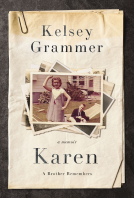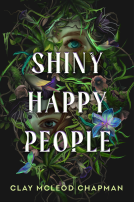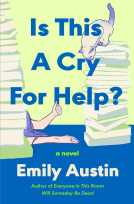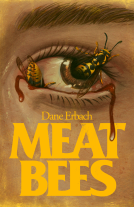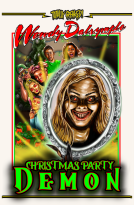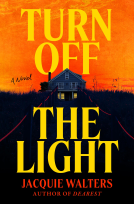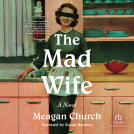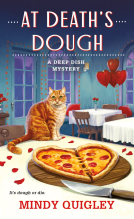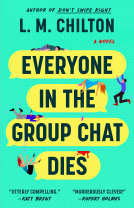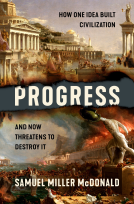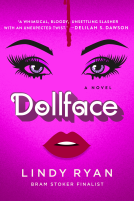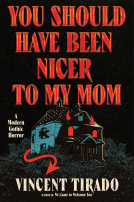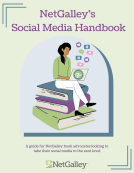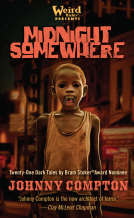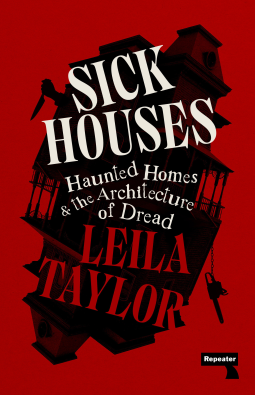
Sick Houses
Haunted Homes and the Architecture of Dread
by Leila Taylor
This title was previously available on NetGalley and is now archived.
Send NetGalley books directly to your Kindle or Kindle app
1
To read on a Kindle or Kindle app, please add kindle@netgalley.com as an approved email address to receive files in your Amazon account. Click here for step-by-step instructions.
2
Also find your Kindle email address within your Amazon account, and enter it here.
Pub Date Feb 11 2025 | Archive Date Jul 23 2025
Repeater Books | Repeater
Talking about this book? Use #SickHouses #NetGalley. More hashtag tips!
Description
Horror begins at home
From family homes in Amityville to Gothic mansions in Los Angeles and the Unabomber's cabin, houses often capture and contain the horror that has happened within them.
Sick Houses crosses the threshold of these eerie spaces to explore how different types of architecture become vessels for terror and how these spaces, meant to shelter us, instead become the source of our deepest fears. Using film, television, and literature to explain why we are drawn to haunted and haunting places, Sick Houses is a must read for anyone who has ever looked at a house and sensed there might be something unsettling going on inside.
Advance Praise
"I've bought over a dozen copies of Leila Taylor's Darkly for friends and acquaintances since it first came out, and it remains to me one of the best and most essential books of the last ten years. Her latest, Sick Houses, is just as deft, insightful, and timely--and it's also destined to be a modern classic. Anyone who wants to know more about what makes a house haunted, and why we're drawn to such places in film and literature, should absolutely start here." - Colin Dickey
The homes of the normal, the eccentric, the magical, the violent, and the insane: Sick Houses reaches far beyond and far deeper into the lore and lure of the domestic space than any book before it. Leila Taylor has crafted a fascinating and comprehensive study into homes of all shapes and sizes, ages, and uses, homes from recent history and from popular culture. Examining issues of class, race, and gender, she asks us to reconsider why we consider a space a home, and why it becomes a place of haunting. - Shelagh Rowan-Legg
Available Editions
| EDITION | Other Format |
| ISBN | 9781915672636 |
| PRICE | $16.95 (USD) |
| PAGES | 240 |
Available on NetGalley
Average rating from 128 members
Readers who liked this book also liked:
Daniyal Mueenuddin
General Fiction (Adult), Historical Fiction, Literary Fiction
